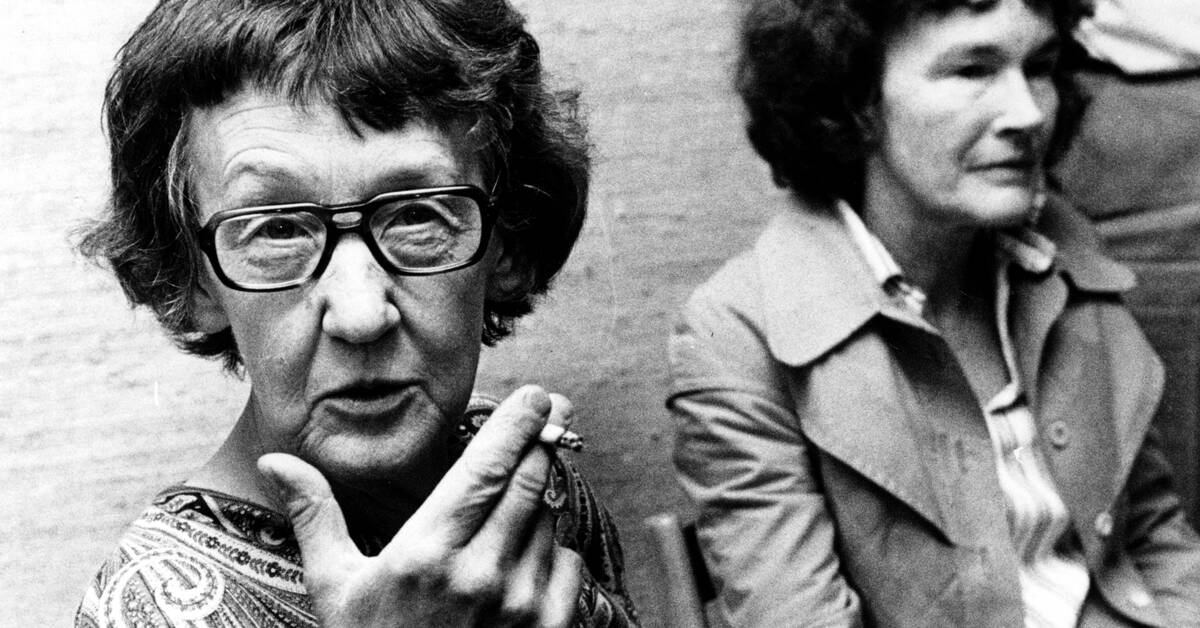Maja Ekelöf belongs to the small group that can be called leading deviants.
Totally apart even in its contemporaries and yet in some way deeply typical of it.
Her breakthrough as a writer is unlike anything else, but it was a breakthrough that sort of fulfilled the contemporary longing.
And the present is the Swedish 1970s: a time, yet not so distant, when people thought and felt very differently compared to today, talked and dreamed in other ways and when the possible framework was placed differently.
Nina van den Brink's biography
is both about an extraordinary and complex class traveler and about the time that made it possible.
Part of the complex is not least that Maja Ekelöf refused to carry out the class change when the breakthrough "Report from a bucket" took her to the publishers and salons in Stockholm.
Instead, she went back to Karlskoga and the rock-solid working-class identity that was her cornerstone - although she soon stopped cleaning and instead lived a rather fragmented author and opinion-forming life, trasprolelar in classical Marxist categorization.
It is of course a fantastic story: Maja Ekelöf, single mother, poor cleaner and contributor, won a novel competition with a script she secretly rewrote in the offices where she cleaned, became super famous and gave fantastic interviews, got in touch with the stars of the left movement, outshined Tage Erlander in TV debate (paradoxically and typically by nervously reading inside from a handwritten note), receives letters from thousands of men and women who recognized themselves in her report from the bucket.
Constantly wavering between stubborn self-esteem and corrosive self-doubt.
Although she only published one more book
(a well-questioned correspondence with an imprisoned eco-criminal), she did not lose her position in the public eye.
In 1975, she was able to call a press conference at home to declare her support for the ASAB cleaners' wildcat strike, and the press came.
Nina van den Brink's book does not really shine in any detail (except in the direct quotes from Ekelöf, who really had a rock hard and own style!) But is all the more convincing in the whole.
It adds layers upon layers of details to both a clear and multifaceted picture of left-wing radicalism in the 1970s, when a brilliant book title such as "Report from a Bucket" was leaflet material.

